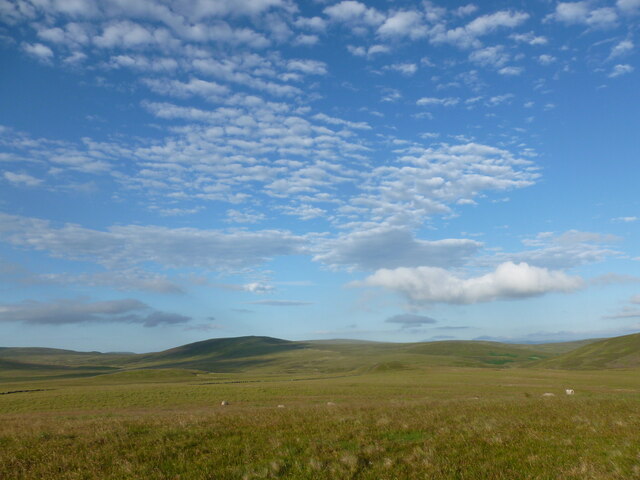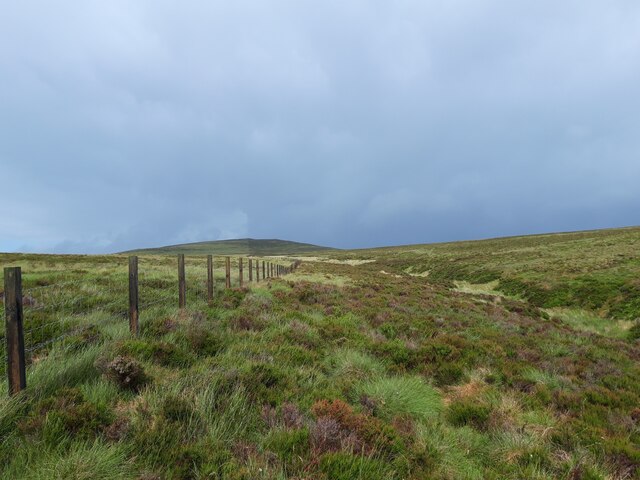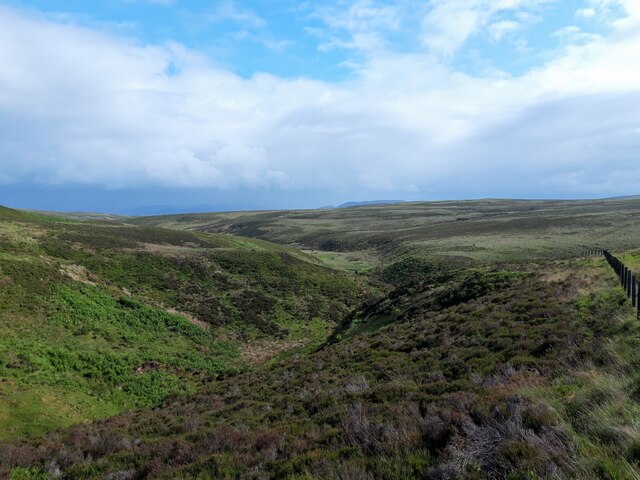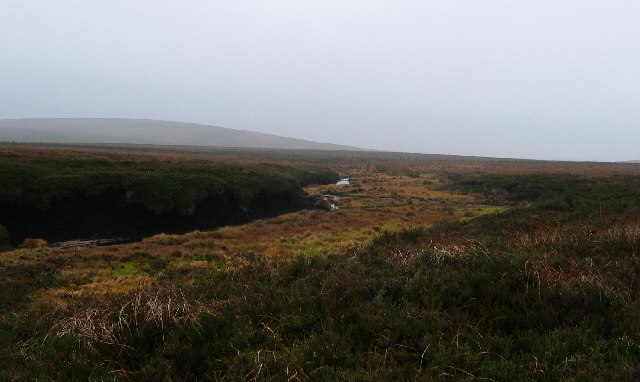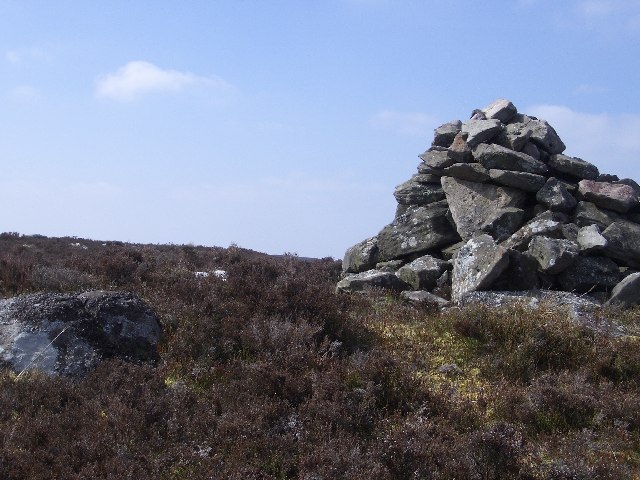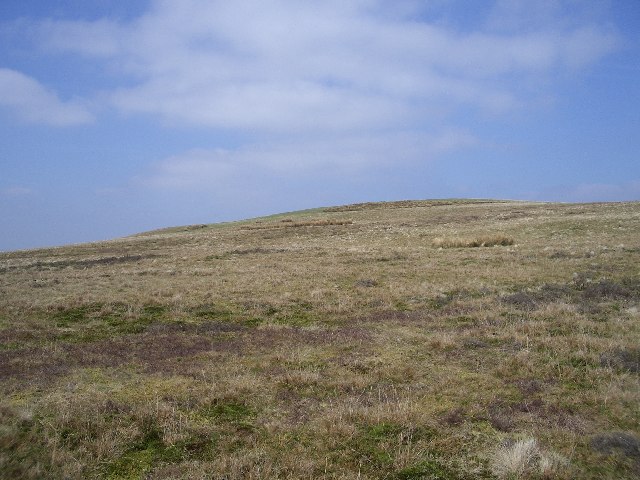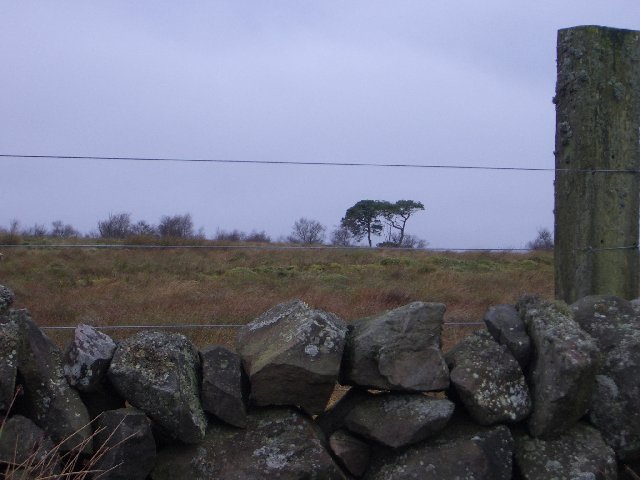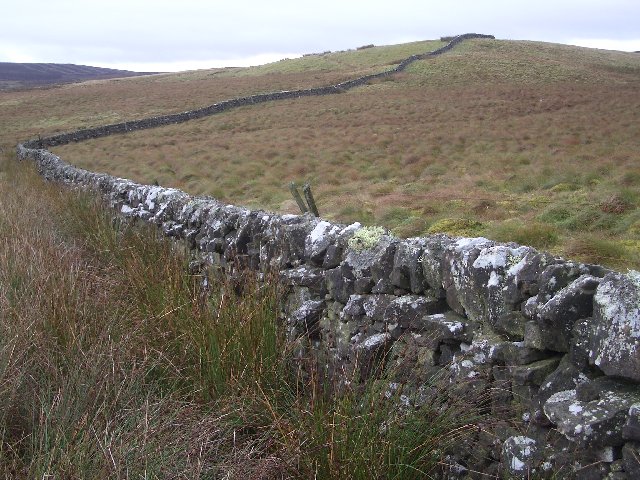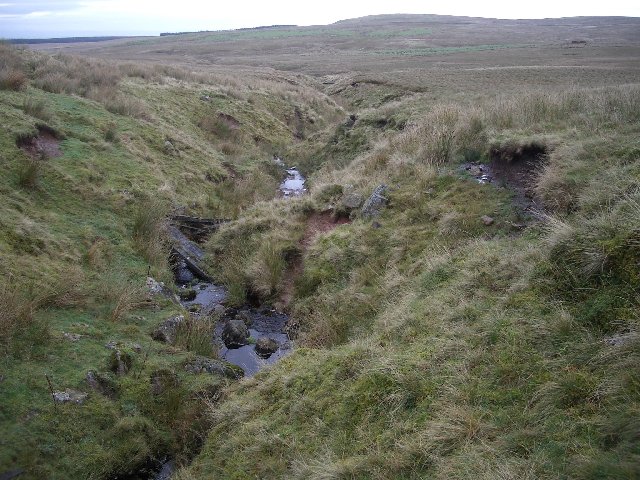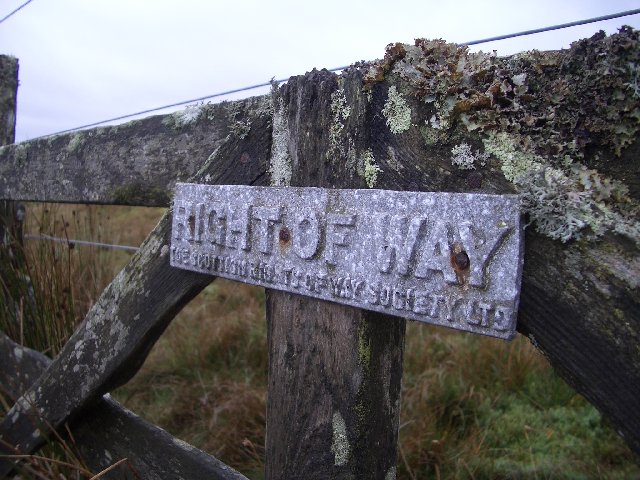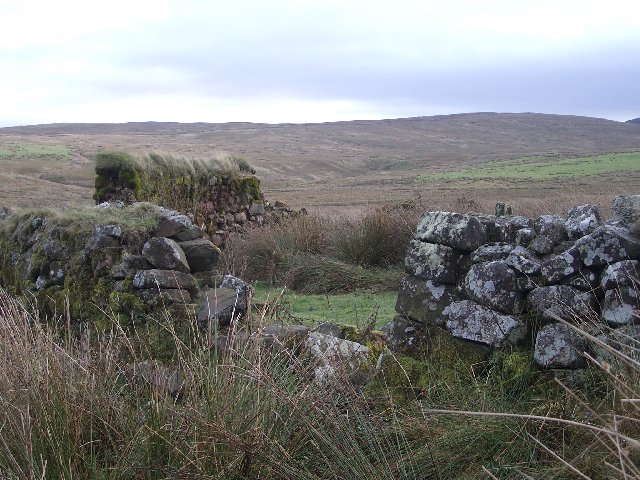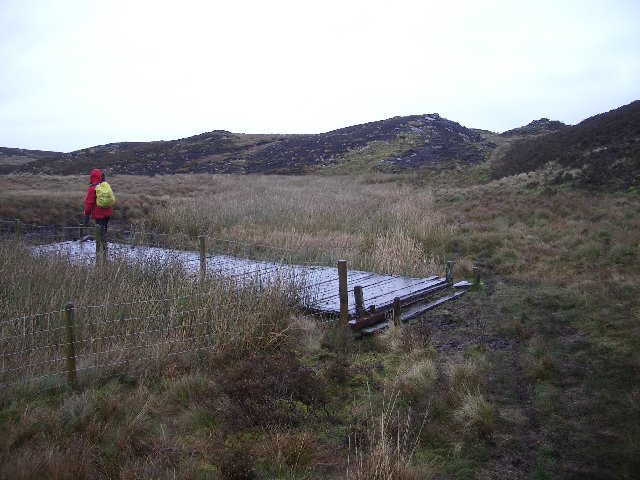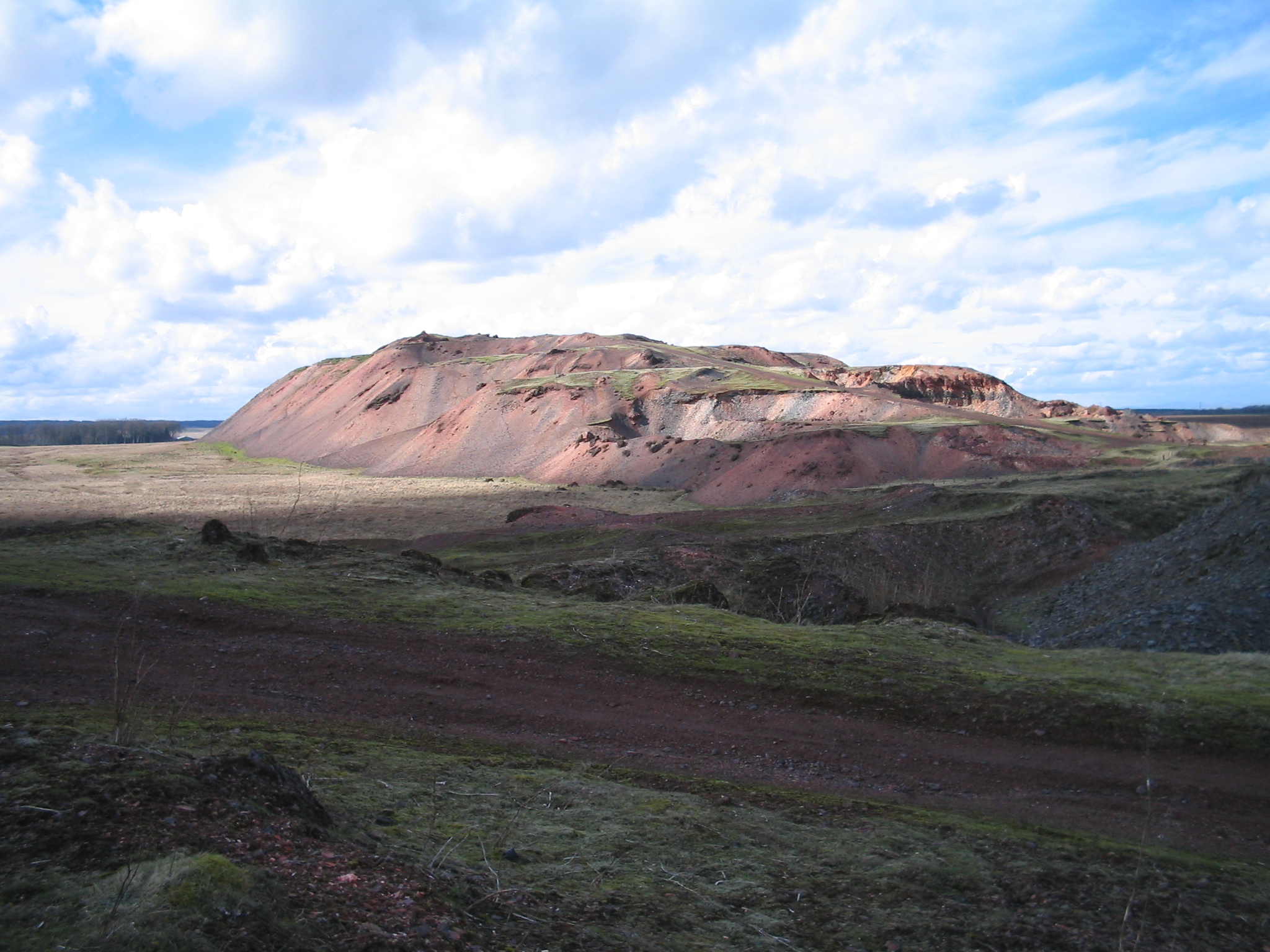Hainshaw Hill
Hill, Mountain in Midlothian
Scotland
Hainshaw Hill

Hainshaw Hill is a prominent hill located in the Midlothian region of Scotland. It is a part of the Moorfoot Hills, which form an impressive range in the southern part of Midlothian. Standing at a height of approximately 424 meters (1,391 feet), Hainshaw Hill offers breathtaking panoramic views of the surrounding countryside.
The hill is characterized by its gently sloping sides and is covered in heather and grass, giving it a beautiful green hue during the warmer months. It is a popular destination for hikers and nature enthusiasts, offering various walking trails that cater to different levels of difficulty.
At the summit of Hainshaw Hill, walkers are rewarded with stunning vistas of the Midlothian countryside, with views stretching as far as the Pentland Hills to the northwest and the Lammermuir Hills to the southeast. On a clear day, it is even possible to catch a glimpse of the distant Firth of Forth.
The hill is home to a diverse range of flora and fauna, including heather, mosses, and various bird species. It is also believed to have historical significance, with ancient remains and artifacts discovered in the vicinity.
Hainshaw Hill provides a peaceful and tranquil escape from the hustle and bustle of daily life. Whether it is for a leisurely stroll or a challenging hike, this hill offers a memorable experience for all who visit.
If you have any feedback on the listing, please let us know in the comments section below.
Hainshaw Hill Images
Images are sourced within 2km of 55.777564/-3.4932909 or Grid Reference NT0654. Thanks to Geograph Open Source API. All images are credited.


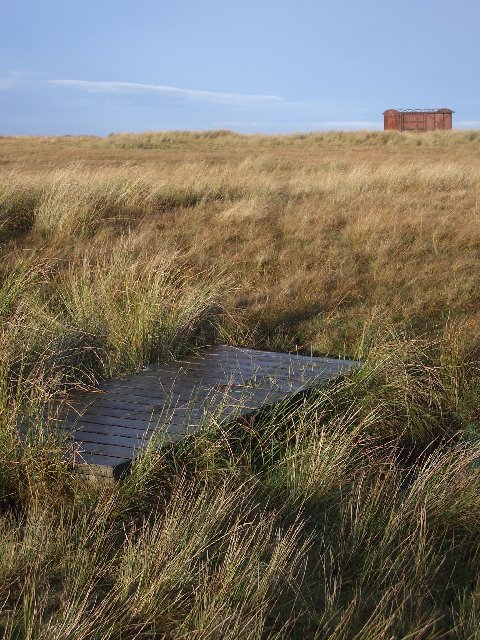
Hainshaw Hill is located at Grid Ref: NT0654 (Lat: 55.777564, Lng: -3.4932909)
Unitary Authority: West Lothian
Police Authority: The Lothians and Scottish Borders
What 3 Words
///goose.casually.irony. Near West Linton, Scottish Borders
Nearby Locations
Related Wikis
Tarbrax
Tarbrax (Scottish Gaelic: "An Tòrr Breac" - meaning "the speckled tor") is a small village in the Parish of Carnwath, South Lanarkshire, Scotland. It...
Cobbinshaw Reservoir
Cobbinshaw Reservoir is a reservoir in West Lothian, Scotland. It is situated near the Pentland Hills, 5 km south of West Calder. The 310-acre (1.3 km2...
West Cairn Hill
West Cairn Hill is a hill in the Pentland Hills range of Scotland. With a height of 562 m (1,844 ft), it is the fifth highest elevation and lies on the...
West Water Reservoir
West Water Reservoir (sometimes Westwater Reservoir) is an artificial reservoir in the Pentland Hills, Scottish Borders, 3 kilometres (1.9 mi) west of...
Nearby Amenities
Located within 500m of 55.777564,-3.4932909Have you been to Hainshaw Hill?
Leave your review of Hainshaw Hill below (or comments, questions and feedback).
